Personalized Jewelry: Your Custom Style Solution
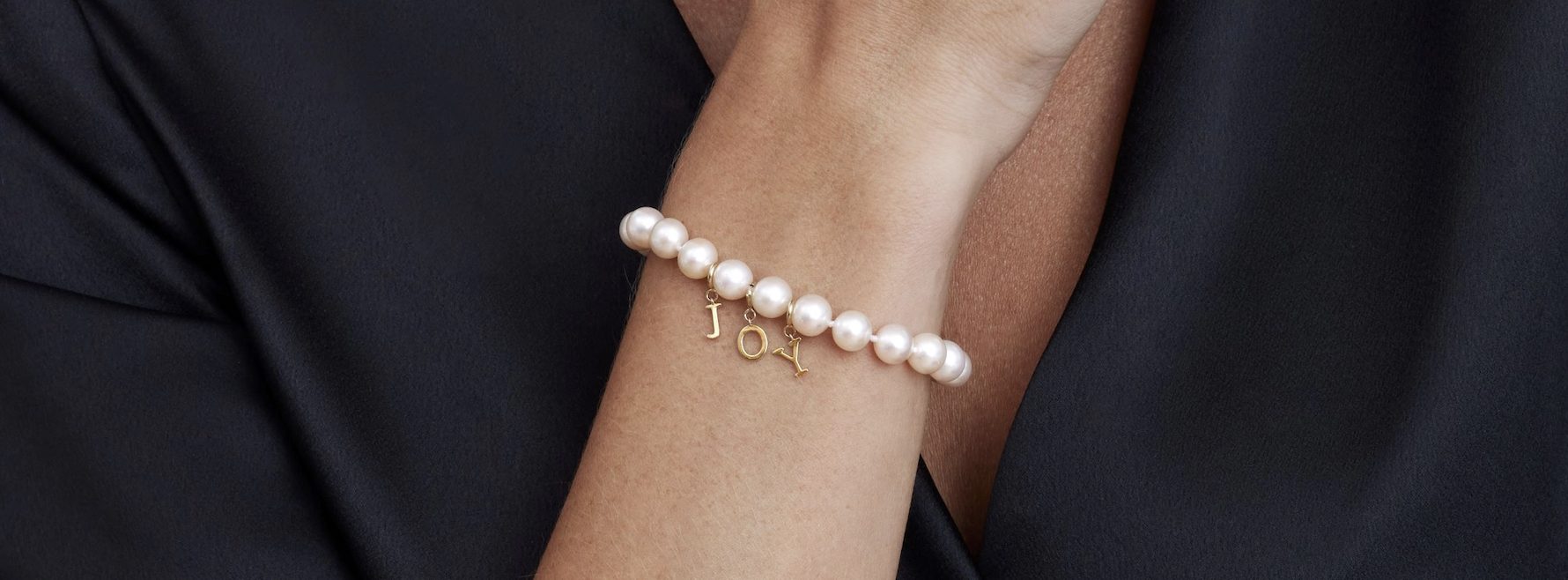

Jewelry is reknowned for being a stylish accessory, being a sentimental gift, or holding special personal meaning. And that’s even jewelry that is made in bulk by designers! However, personalized jewelry is an even more special way to communicate your own taste, show someone you care, or commemorate a special time in life.
But just like with traditional jewelry pieces, the world of personalized jewelry can be overwhelming. We’ve done a deep dive into the world of custom jewelry, to help you better understand this offering. From building your own pearl necklace, to engraving a loved one’s initials on a pendant, or customized luxury jewelry pieces, there are so many ways to express yourself through jewelry.
Read on to learn how to make a piece of jewelry your own!
Personalized jewelry, broadly, is any piece of jewelry that has a custom element. This can mean that you simply choose the type of clasp, the gemstone, or the type of metal. Custom jewelry could also refer to a completely new design that you commission from a jeweler, often seen with engagement rings, for example. Or, personalized jewelry could refer to any other type of modification to a necklace, bracelet, or earrings, such as the engraving of initials, addition of a birthstone, or collection of charms.
And with so many different types of personalized jewelry to choose from, you can really make this trend your own! Read on to learn about how you can wear your own custom jewelry, or get inspiration for the perfect gift.
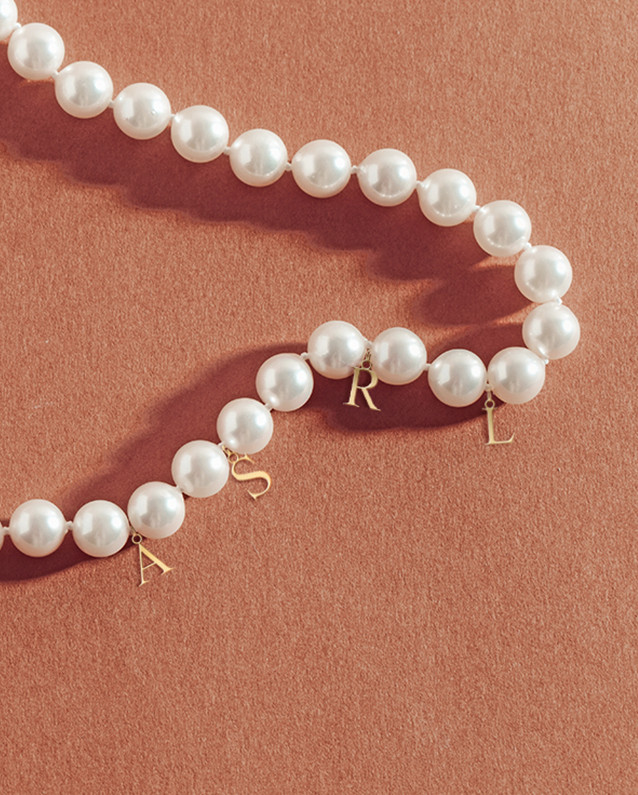
Customize your favorite pearl bracelet or pearl necklace with charms. A blend between charm jewelry and an initial necklace, this personalized jewelry is a way to rock your identity in style.
Explore our options of Freshwater, Akoya, and multicolored pearl strands, and design a custom piece for either yourself or a lucky loved one.
Signet rings are a style of generally chunky rings with a flat surface. They originated amongst Pharaohs and religious leaders, and traditionally were engraved with a family crest that could be pressed into hot wax.
Over time, they have become a popular style of ring, especially for men. These days, they may carry the insignia of a college or sporting team, or left blank to be engraved with a set of initials. They have also become popular for any gender, with smaller versions becoming an attractive piece of daily jewelry.
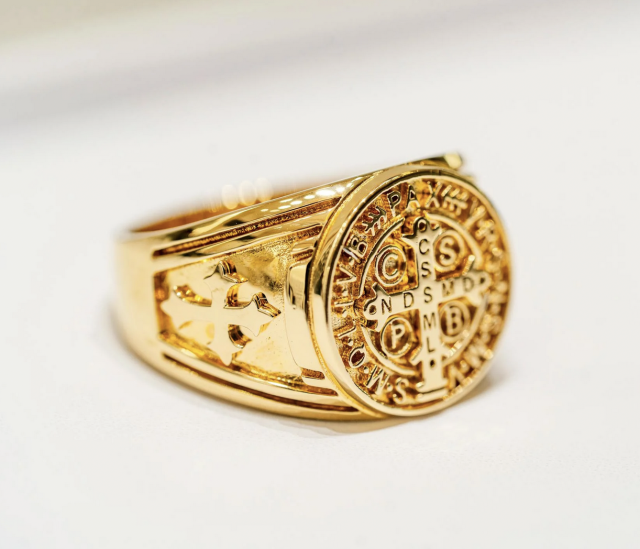
FUN FACT: The word “signet” comes from the Latin word “signum,” meaning a “token or seal”. This is because they were originally used to seal letters with a custom brand in wax.
Lockets are a type of necklace that can be traced back for thousands of years. They usually hold sentimental value, and Cleopatra used to even gift lockets with an engraving of her face on them. They were also a way to hide pollitical allegiance, with some people in 17th century England secrelty wearing a photo of the King, following his execution in 1649.
These days, however, lockets are usually a small ornamental case, that can be opened to store a photo or even a lock of hair. They can be given as a gift with a photo inside, and worn close to the recipients heart.
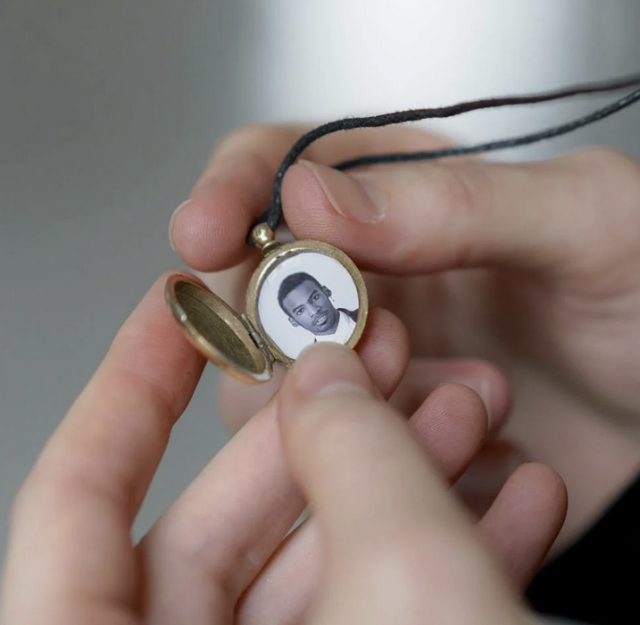
FUN FACT: Queen Victoria, in the 19th century, was once gifted a locket bracelet by her husband, Prince Albert. It contained eight lockets, each containing a lock of hair from one of their eight children.
A name necklace—also known as a nameplate necklace—is a type of necklace that displays a name, word, or phrase of choice. They became popular in 1980s and 1990s amongst African American and Latino communities, and were a staple of hip hop culture.
These days, name necklaces have become a popular type of personalized jewelry in mainstream culture. and with so many styles, sizes, fonts, and an infinite amount of words to choose from, their significance is every-evolving.
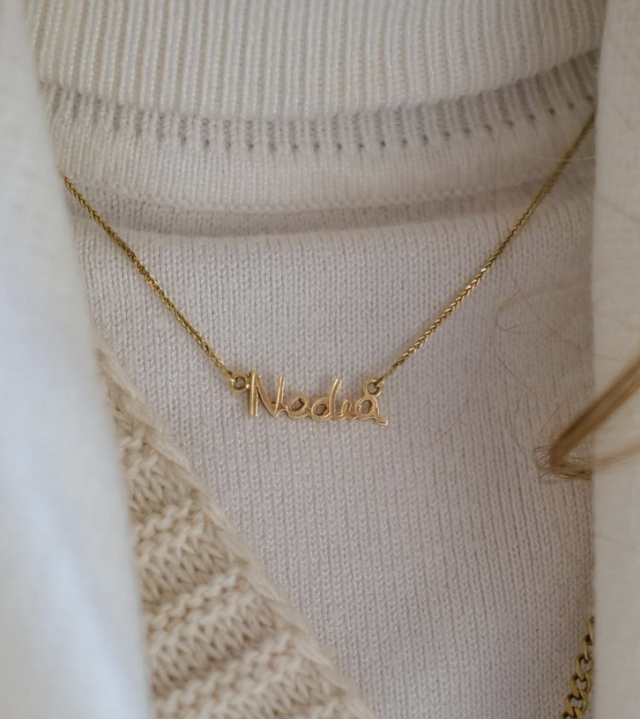
Cremation jewelry is a very sentimental type of jewelry that is used to remember loved ones lost. Designed to hold ashes—almost like a mini urn—cremation jewelry can also hold dirt from a special place, a lock of hair, or dried flowers.
Cremation pendants come in a range of different designs, and can be personalized with engraving or by being made custom. They are meant to help you hold your loved ones close to your heart!
Image from: Keepsake Jewelry
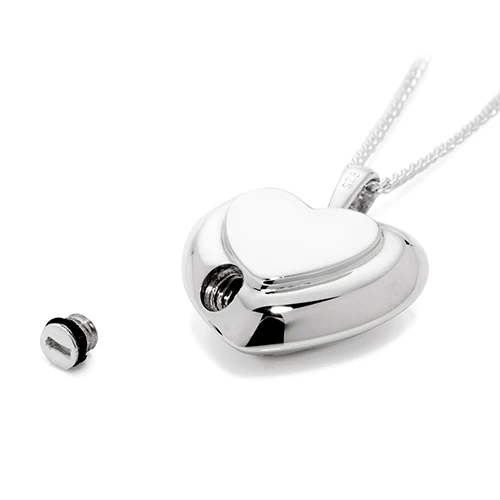
Charm jewelry is a popular type of personalized jewelry, and features collectible charms or pendants hanging from a chain. When worn as a bracelet or necklace, charms make for a fun, customizable look.
Some people may choose to add all their charms at once, while many collect different charms over the years. Each charm can be a momento from a specific vacation, time period, or special event, making charm bracelets one of the most interactive types of personalized jewelry.
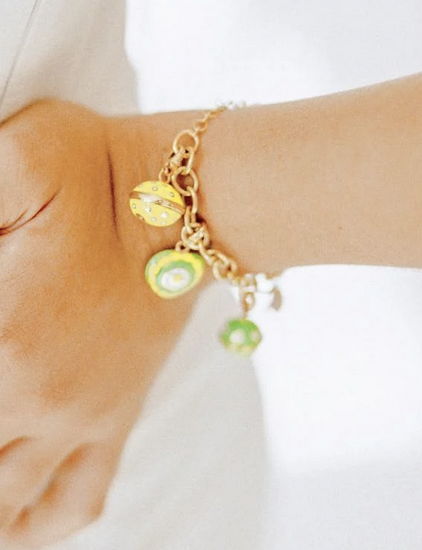
Initial charms, also known as letter necklaces, are a popular type of personal jewelry. Usually showing a single letter, the initial of whoever is wearing it. However, some people also choose to wear the initial of an important person in their life, like a partner or a child.
Some letter charms are worn loose on the chain, while some are in a fixed position with the chain attached on each side. Initial charms can also be added to charm necklaces or bracelets, for a more versatile look.
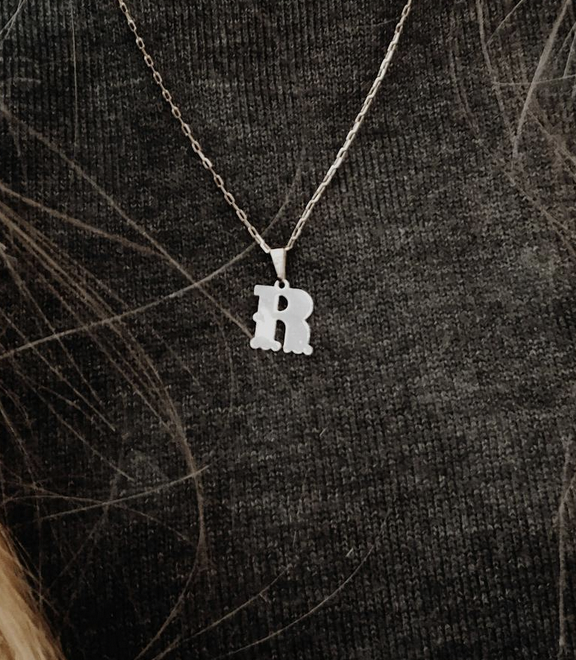
FUN FACT: After Henry VIII ordered the beheading of his wife Anne Boleyn, he also demanded that all portraits of her be destroyed. However, one remained in which she wears her iconic gold and pearl “B” pendant—a historic necklace that has never been recovered.
Engagement rings mark a special time in any couple’s life—when they make a forever commitment to each other. Because an engagement ring is bought as a loving token for one lucky person, and because this ring is often customized, it can be considered personalized jewelry.
As well as the size and style, many engagement rings may feature an heirloom stone, a secret engraving, or any other unique detail that reflects on the couple’s history and taste. So, whether an engagement ring is designed from scratch or is a reworked classic, these custom pieces are undoubtedly special.
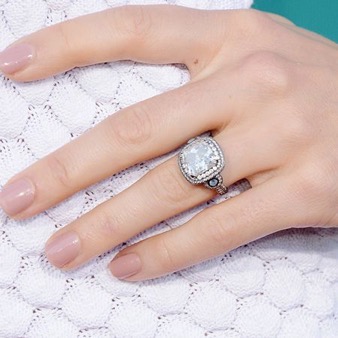
FUN FACT: Engagement rings can be traced back to pre-historic times, when cavemen tied chords around the waist, ankles and wrists of their chosen mates made of woven grass.
Traditionally worn by miltary personnel, the name “dog tag” is an informal name for a type of metal identification tag. The concept dates back to Roman times, when the Spartans wrote their names on sticks tied to their left wrists. In more modern history, soldiers would wear two identical engraved tags—one that would be removed upon death for notification purposes, and one that could stay with the body if the battle conditions weren’t conducive to immediate removal.
However, in modern times, stylized dog tags have been adopted as a type of fashion accessory.
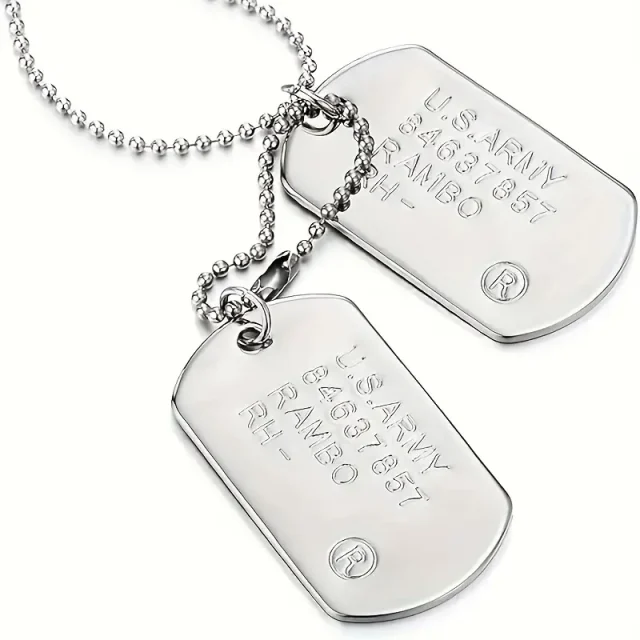
FUN FACT: Dog tag necklaces get their name from their resemblance to animal registration tags.
Birthstones are gemstones that represent each month of the year. Each is said to have its own special meanings, and may even offer spiritual or emotional benefits to the wearer. The birthstone for June is the pearl. This June birthstone is known to represent charity, truth, integrity, and loyalty.
Birthstone jewelry is a type of personalized jewelry that features someone’s birthstone. And with many types of necklaces or types or bracelets to choose from, it also makes the perfect, thoughtful gift.
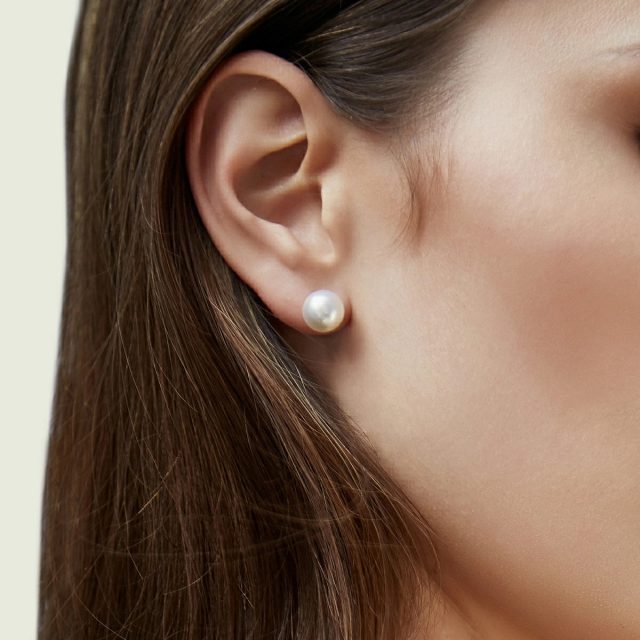
Of course, one of the ultimate types of personalized jewelry are custom pieces. Whether you go to a local jeweler, order a custom piece online, or make it yourself, custom jewelry is they key to wearing a truly one-of-a-kind beauty.
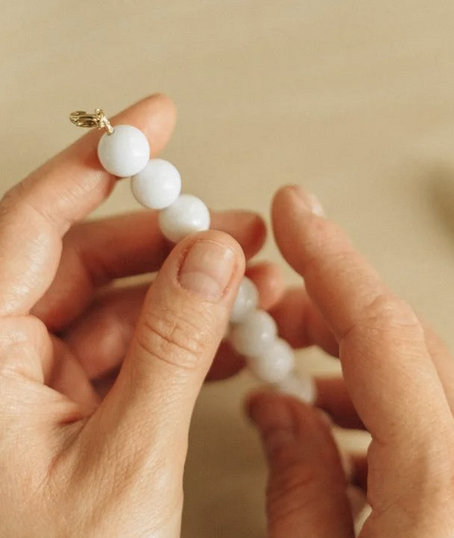
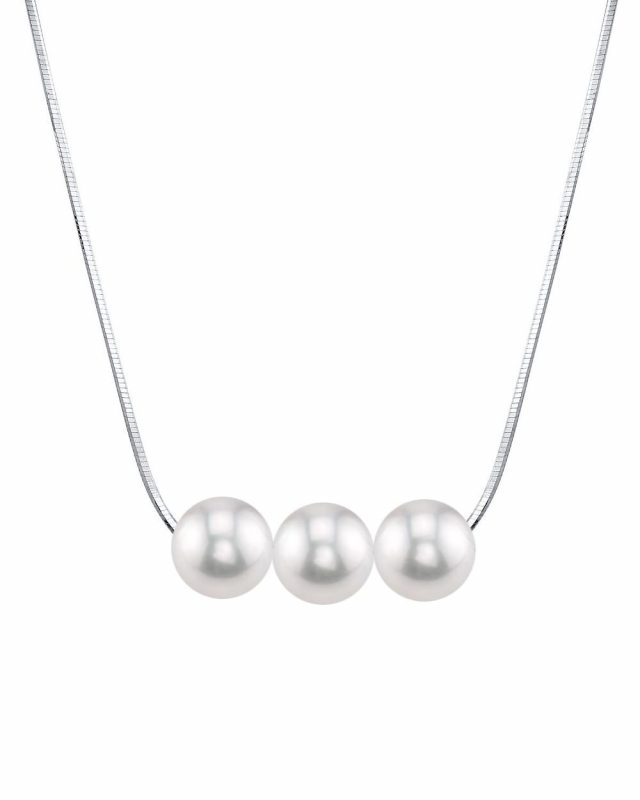
If you’re looking for a unique, sentimental piece of custom jewelry, you can’t look past our Build a Pearl necklaces. Designed to grow with you, you can add (or remove) pearls over the years, to slowly build a full strand of pearls.
Plus, you can customize the final look! Check out our Loose Pearls page, and select the stunning gems that match your style. You may be surprised at how your vision changes over time—but that’s the beauty in it!
When it comes to finding a gift for a loved one, jewelry is a timeless choice. Sentimental, versatile, and chosen with love, a gift of jewelry is one that they can keep forever. But, if you’re looking to elevate your gifting, you can’t beat personalized jewelry.
Whether you choose a piece of birthstone jewlery for your loved one, gift them their own letter necklace, or create a unique charm bracelet, the act of going the extra mile will be deeply appreciated.
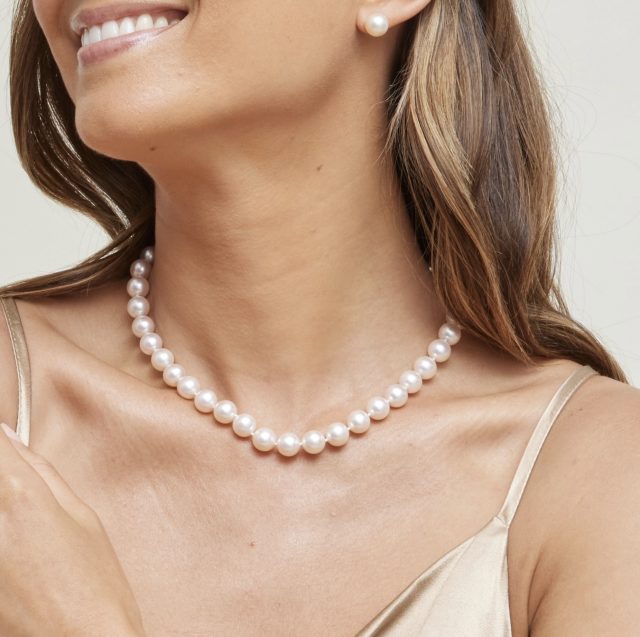
The truth is that there are certain people and occasions in life that warrant an extra-special gift. From anniversaries to graduations to babies, there are moments when nothing less than the best will do.
In these moments, you can’t look past our Ultimate Pearl Jewelry Collection. This luxury collection of premium pearls combine ultra-lustrous Hanadama gems, eye-catching Tahitian pearls, and statement South Sea pearl necklaces, to create unique, heirloom pieces to say what words could never express.
Now you know about the unique appeal and charm of personalized jewelry, it’s time to start looking for your own. If you’re in the market for your own personalized jewelry, we’ve broken down the process to kick-start your search:
Are you shopping for a custom piece for yourself, or a custom gift for a loved one? Whoever you’re buying for, make sure to take a moment to consider their personal style, lifestyle, and existing jewelry collection.
For example, if you only ever wear neutrals, you may not realistically wear a colorful, chaotic charm bracelet. On the other hand, if you know your friend has eclectic taste, don’t be afraid to commission a unique piece of custom jewelry.
Remember, the advantage of personalized jewelry is you can create the perfect piece for anyone!
There are no set expectations when it comes to how much you spend on personalized jewelry. And, the good news is, there’s an option on the market available for most budgets out there. From a simple initial charm to a solid gold custom signet ring, you can expect to pay anywhere from around $50-$10 000+ for your perfect personallized jewelry.
As you start to hone in on selecting your personalized jewelry piece, having an inpiration board to draw from can be super helpful. From the coquette aesthetic to Bohemian style, jewelry can be the perfect accessory to all sorts of outfits and looks.
Consider looking at celebrities or fashion creators to see what piece they are wearing. But remember, this is all about finding the custom pieces that work for your style. Just use this style inspiration as a starting point!
If you’re going to choose a piece of personalized jewelry that features a gemstone, it can help to decide which stone in advance. The type of stone can impact your budget, as every stone has a different price. It may also impact the type of jewelry that is possible to make.
For example, if you’re choosing a stunning piece of pearl jewelry, understanding the value of pearls can help you plan your personalized jewelry. Whether you opt for funky freshwater pearls or luminous golden South Sea pearls, you can now really start to envision the final product!
Are you planning on selecting a personalized piece from an existing jewelry collection—like an initial necklace—or will you commission a custom piece from scratch? No matter who you’re sourcing your personalized jewelry from, it can help to explore your options!
Consider in-person storefronts, online retailers, or a blend of both. Why not buy a piece online that you love, and take it to get engraved locally? Or find a chain you love, and then take the time to collect charms from stores in your area? The possibilites for personalized jewelry are endless!
Now you have a fairly strong vision for the final piece, it’s time to bring it to life! At The Pearl Source, the jewelry personalization process goes like this:
From necklaces to bracelets, explore the options of pearl size, grade, and color, to find the one that aligns with your style.
If you’ve opted for a necklace, then take a moment to explore the different necklace lengths and their inherent style. From choker to opera to rope length, there’s a perfect length for everybody and occasion.
Beauty lies in the details, and a jewelry clasp can say a lot about your style. Whether you opt for 14k yellow gold or sterling silver, or choose a Diamond Flower Clasp, there are so many ways to customize your pearls.
Whether you add a single letter, a set of initials, or a whole name or phrase, personalized charms are the perfect way to complete your custom piece. Made with 14k yellow gold, these unique charms will match the gold color of your clasp of choice (white or yellow). It’s a stylish way to craft a truly sentimental piece!
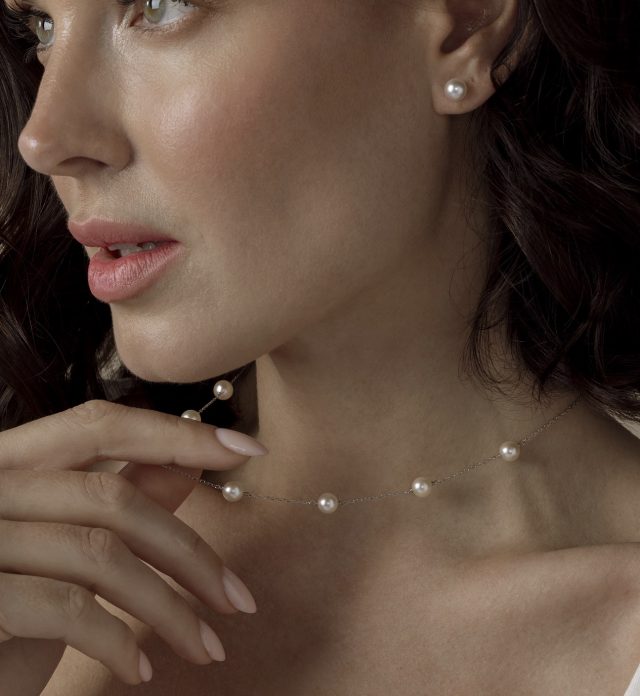
Tin cup jewelry—also known as pearl station jewelry—refers to necklaces and bracelets that feature individual pearls set along a dainty chain.
The effect is subtle, feminine, and modern, making these pieces a versatile choice for aily wear. Plus, they make a great gift for those born in June, as pearls are the Birthstone for June!
You can either make personalized jewelry yourself, by stocking up on jewelry-making supplies and loose pearls, or turn to a trusted jeweler. If you don’t have experience making jewelry, consider starting with a jewelry store, like The Pearl Source, that allows you to customize your purchase.
Yes! In fact, personalized jewelry is a timeless gift for men. From dog tags to signet rings to mens pearl bracelets and necklaces, personalized jewelry is for everyone.
Yes, you can. Either have a flat bar engraved with specific handwriting, or commission a skilled jeweler to make a word or phrase made out of precious metal.
Choose your birthstone, and then source your gems. Either make it yourself, by hanging a charm on a chain, or explore custom birthstone jewelry options.
Jewelry can be some of our most treasured belongings, and personalized jewelry makes that even more special. Now you know all about personalized jewelry, from charms to birthstones, you can feel empowered to create your own custom pieces.
Whether you’re shopping for yourself or for a gift, enjoy the unique allure of personalized jewelry for yourself!
Signup now and receive an email once I publish new content.

Content Writer and Editor at The Pearl Source
Kate Muirhead is the editor and content writer for leading pearl retailer The Pearl Source. She believes in the power of signature jewelry, and that collecting it is half the fun.
 Timeless Anniversary Gifts for Her: A Guide to Celebrate Your Love
Timeless Anniversary Gifts for Her: A Guide to Celebrate Your Love
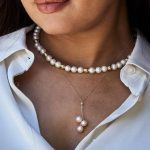 Layering Necklaces: Your Versatile Style Secret!
Layering Necklaces: Your Versatile Style Secret!